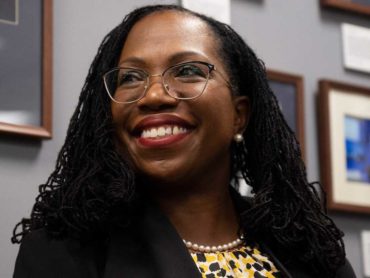AAA Profile: Ketanji Brown Jackson
The United States Supreme Court just got a little more diversified, with the history-making confirmation of Judge Ketanji Brown Jackson as its newest Associate Justice, the first black woman to sit on the bench. Jackson was confirmed by the full Senate on Thursday, April 7, with a bipartisan vote of 53-47, and will replace retiring Justice Stephen Breyer when the new session convenes in October. A native of Washington DC, Jackson was raised in Florida, is a graduate of Harvard University and Harvard Law School (where she edited the “Harvard Law Review”), and previously clerked for the Justice she is replacing.







